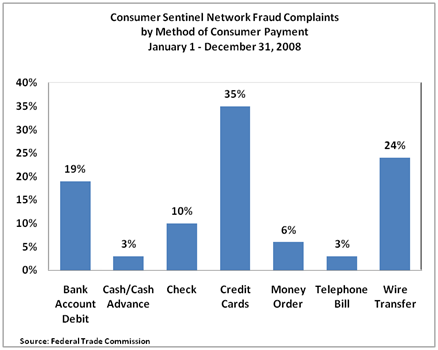Informal value transfer systems (IVTS) such as traditional trade and barter have existed since the beginning of time and still serve legitimate purposes today. While informal payments may provide benefits such as improved reliability and convenience to users over formal systems, they may also create regulatory and risk management challenges. Person-to-person (P2P) payments via the mobile phone, also known as mobile money transfers (MMT), represent an innovation with the potential for use in informal channels as nonbanks, many of which are start-up firms, extend services in a cross-border enviroment.
IVTS were defined by Nikos Passas to describe "any network or mechanism that can be used to transfer funds or value from place to place either without leaving a formal paper trail of the entire transaction or without going through regulated financial institutions." One of those systems is hawala, which has its origins in classical Islamic law and is mentioned in texts of Islamic jurisprudence as early as the eighth century. Hawala drew interest from the U.S. government after 9/11 because payments are exchanged on the honor system without a paper trail. With this arrangement, it could be difficult to determine if a transfer of funds was for legitimate purposes.
In addition to hawala, Passas identified other important IVTS to include gift and money transfer services via Internet sites, Internet-based payments and transfers, and stored value cards, such as prepaid telephone cards, to name a few. IVTS systems and mechanisms range from basic and traditional exchanges to modern and sophisticated ones.
 ENLARGE |
Passas' initial work predated the recent developments in the mobile payments channel and certainly came before the growth in mobile enabled P2P and the use of prepaid airtime for remittances, as described in an earlier edition of Portals and Rails. When P2P payments are conducted by mobile carriers in a bank-agnostic ecosystem, do they potentially represent a more sophisticated, modern-day informal payment system?
MMT: The fastest-growing mobile payment
P2P payments represent possibly the fastest form of financial transaction enabled by mobile phones, driven by the steady growth in remittance markets, the ubiquity of cell phones themselves, and the desirability for an electronic P2P payment alternative in developed countries like the United States. Research firm Gartner recently identified mobile money transfer as the first of the top 10 consumer mobile applications in 2012, made possible by developments in smart handsets like the iPhone. Separately, ABI research predicts that almost three times as many consumers worldwide will use mobile phones to conduct P2P payments than those who will use them to conduct mobile banking functions by the end of 2011.
Formal versus informal
GSMA (Global System Mobile Association), the alliance of mobile network operators, launched the Mobile Money Transfer Programme initiative to promote the mobile channel and formalize international remittances. With low barriers to entry, roaming capacity, and a growing unbanked market in developed countries, start-up firms may offer informal MMT services, including international and domestic P2P in cross-border markets to expand their customer reach and network opportunities. While informal payment systems can provide means for legal transactions, the lack of transparency could potentially provide bad actors the opportunity for money laundering and other financial crimes.
Nonbanks, like telecom firms and others, are rapidly entering the financial services arena, creating an uncertain regulatory environment as laws and regulations vary from country to country. Will mobile P2P innovation permit service offerings that are characterized as informal payments with the potential for misconduct? Will violators of money-laundering laws go undetected as stored-value mechanisms move from the plastic card to the mobile device? These questions will no doubt be the focus for regulators in many markets going forward as they attempt to understand both the operational and regulatory risks money transfer services have the potential to introduce.
By Cindy Merritt, assistant director of the Retail Payments Risk Forum


